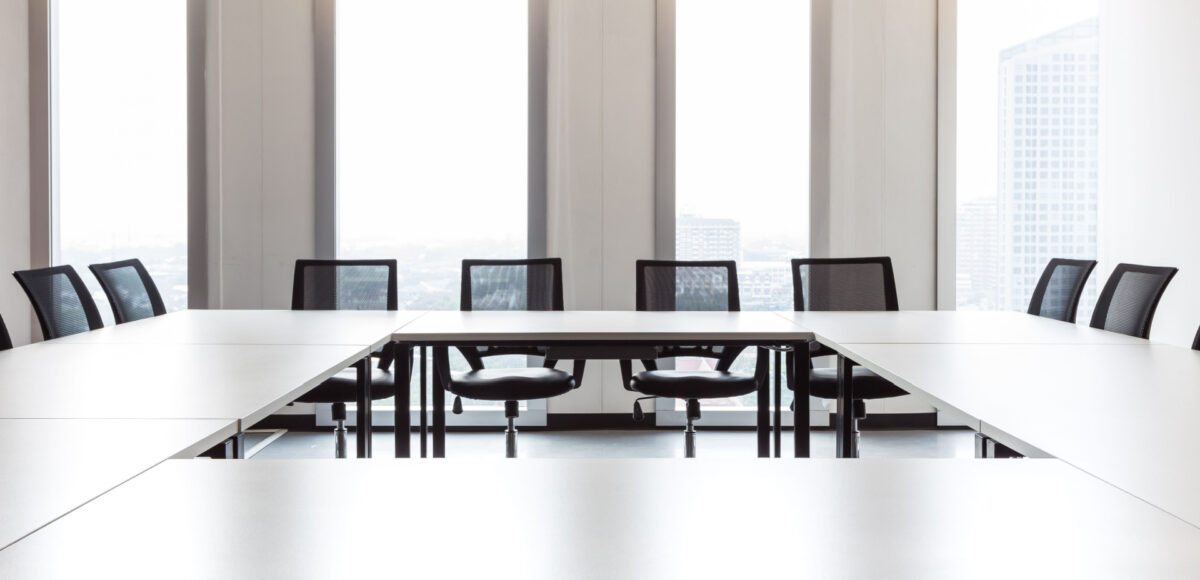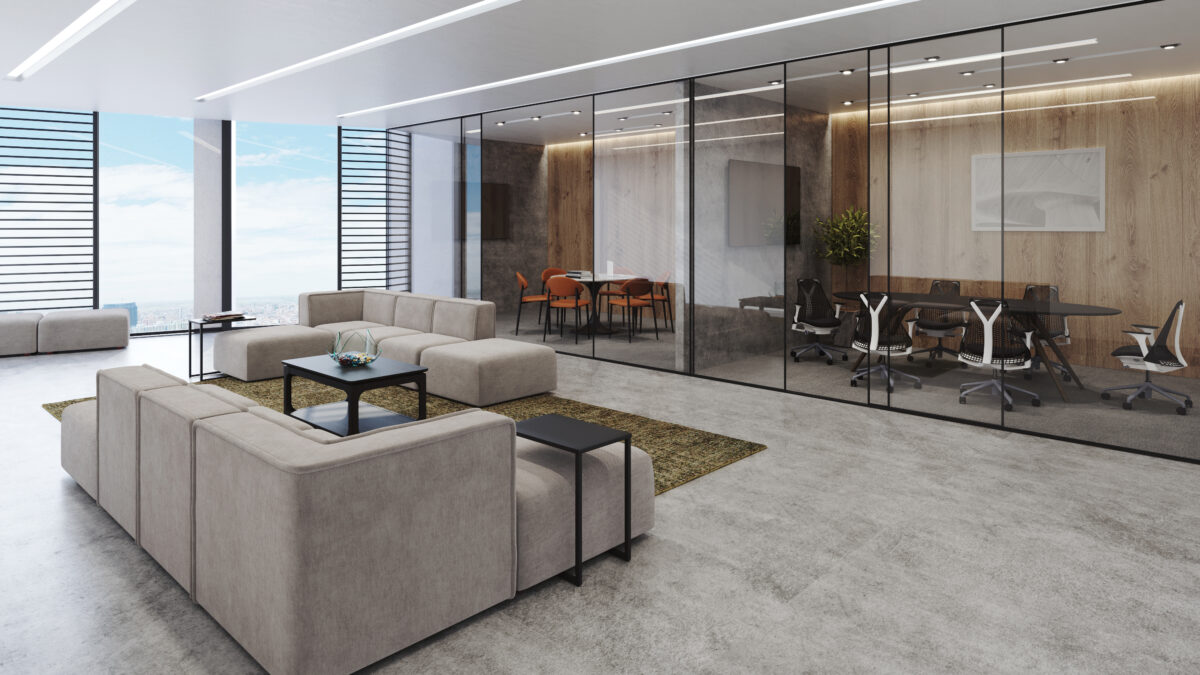Throughout history, collaboration has played a vital role in human interactions. In the 1950s, the conference room began to gain prominence as businesses sought to enhance teamwork and project management processes. Over time, conference rooms have undergone significant transformations in response to technological advancements and changing workplace dynamics.
From Exclusive Spaces to Collaborative Environments
Once reserved for managers and exclusive meetings, conference rooms have evolved into inclusive spaces that prioritize engagement and collaboration. In today’s digital age, these rooms have shifted from traditional setups with large tables and boardroom chairs to partially virtual spaces that are more essential than ever.
The Historical Context of Conference Rooms
Conference rooms have become indispensable in modern office spaces, providing dedicated areas for client meetings, team collaborations, and company-wide gatherings. Since their inception in the mid-20th century, conference rooms have continually adapted to meet the evolving needs of businesses and employees. Early meeting rooms featured standard setups with large tables, chairs, and basic presentation tools. The introduction of conferencing technology in the 1950s revolutionized meetings, enabling seamless information exchange and transforming the traditional conference room.
The Evolution of Conference Rooms Over Time
As meetings and collaboration remain crucial in fostering productivity, conference rooms have had to keep pace with changing demands, technological advancements, and workforce preferences. In the 1990s, conference rooms were often sterile and lacked attention to design. However, in the early 2000s, organizations began prioritizing aesthetics and upgrading technology to facilitate multi-party conference calls. Modern conference rooms now serve as hubs equipped with state-of-the-art technology, including high-definition whiteboards, audio systems, and streaming capabilities for remote participants.
Flexible and Purposeful Design
Unlike their one-size-fits-all predecessors, contemporary conference rooms are intentionally designed for specific purposes. Today, with an increased focus on the employee experience, modern conference rooms are a hub, complete with modern technology like high-definition whiteboards, audio equipment, and the technology needed to stream meetings for remote employees and participants to join in. Other examples of modern conference spaces include:
- Huddle spaces and breakout rooms for collaboration and one-on-one meetings
- Small rooms designed for one to four people for focused work
- Medium-sized rooms for internal meetings or gatherings with external visitors
- Large meeting rooms with ample space for workshops and presentations
A recent survey conducted by real estate services firm CBRE revealed that 76% of leaders are prioritizing videoconferencing as one of their top priorities in returning to the office. Given the various purposes these spaces are used for, today’s conference rooms must have some inherent flexibility to adapt to businesses’ changing needs.
The Future of Conference Rooms
Like most things in our modern world, conference rooms are now being asked to do more. This is a trend that’s likely to continue as the way companies approach these spaces evolves. We don’t need a crystal ball to see that the future of work and the future of the conference room is exciting, with resimercial design, integrated technology, and much-needed flexibility.
Moreover, technology continues driving the evolution in many ways. For example, one emerging trend that may play a significant role in the future of the conference room is augmented and virtual reality, which enhances the experience for remote participants, allowing them to feel like they’re in the room even though they are in various locations.
Features like the auto frame or group frame allow cameras to capture all participants attending the meeting while removing areas where no one is present and virtual reality can create user-customized virtual conference rooms. Other emerging trends include:
- Video walls: LED technology provides sharp, high-quality imagery, and can be installed as just a few panels or an entire wall.
- Integrated collaboration tools: A sliding glass whiteboard system lets you maximize wall space while having ample space for brainstorming and collaboration. Some options offer online collaboration for a seamless experience in the physical and virtual meeting space.
- Use of 360-degree camera: Advanced imaging technology facilitates the capture of responses from everyone in attendance, allowing virtual meeting-goers to feel more engaged.
- Soundproofing: Minimizing distractions and creating optimal acoustics makes a significant difference in the meeting experience both in-person and for anyone turning in virtually or watching it played back on a recording.
- Greener conference rooms: Some companies are shifting to partially outdoor spaces. Open-air meeting rooms allow users to experience the benefits of being in nature, including stress reduction and boosted creativity.
Adapting with CORT Permanently Flexible® Solutions
To help businesses adapt to changing conference room needs and beyond, flexible solutions like those found with CORT Permanently Flexible Solutions offer invaluable support. These solutions empower organizations to swiftly respond to the evolving nature of the workplace. 4SITE Space Utilization Sensor Technology provides essential data on room usage and occupancy while safeguarding employee privacy. This information enables informed decision-making and empowers employers to design meeting spaces based on their team’s specific needs. Additionally, CORT’s Furniture-as-a-Service™ ensures seamless configuration and reconfiguration, allowing organizations to continually update their spaces with furniture options that best meet employees’ requirements.
How Will You Keep Up With the Evolving Office?
From large, sterile spaces devoid of character or connectedness to today’s inclusive spaces, conference rooms have come a long way. What was once a simple place for executives to meet has transformed into an adaptable workspace employee can use not only for meetings but also for collaboration and other activities. As conferencing technology continues to evolve, we expect meeting rooms and spaces to become increasingly innovative and versatile in the future.
Do you have a plan to keep up with the changes and shifts occurring now and in the future in the workplace? With the help of CORT Permanently Flexible Solutions, businesses can ensure that their conference rooms are equipped to meet the changing needs of their team and that their offices are designed and configured to do the same.






